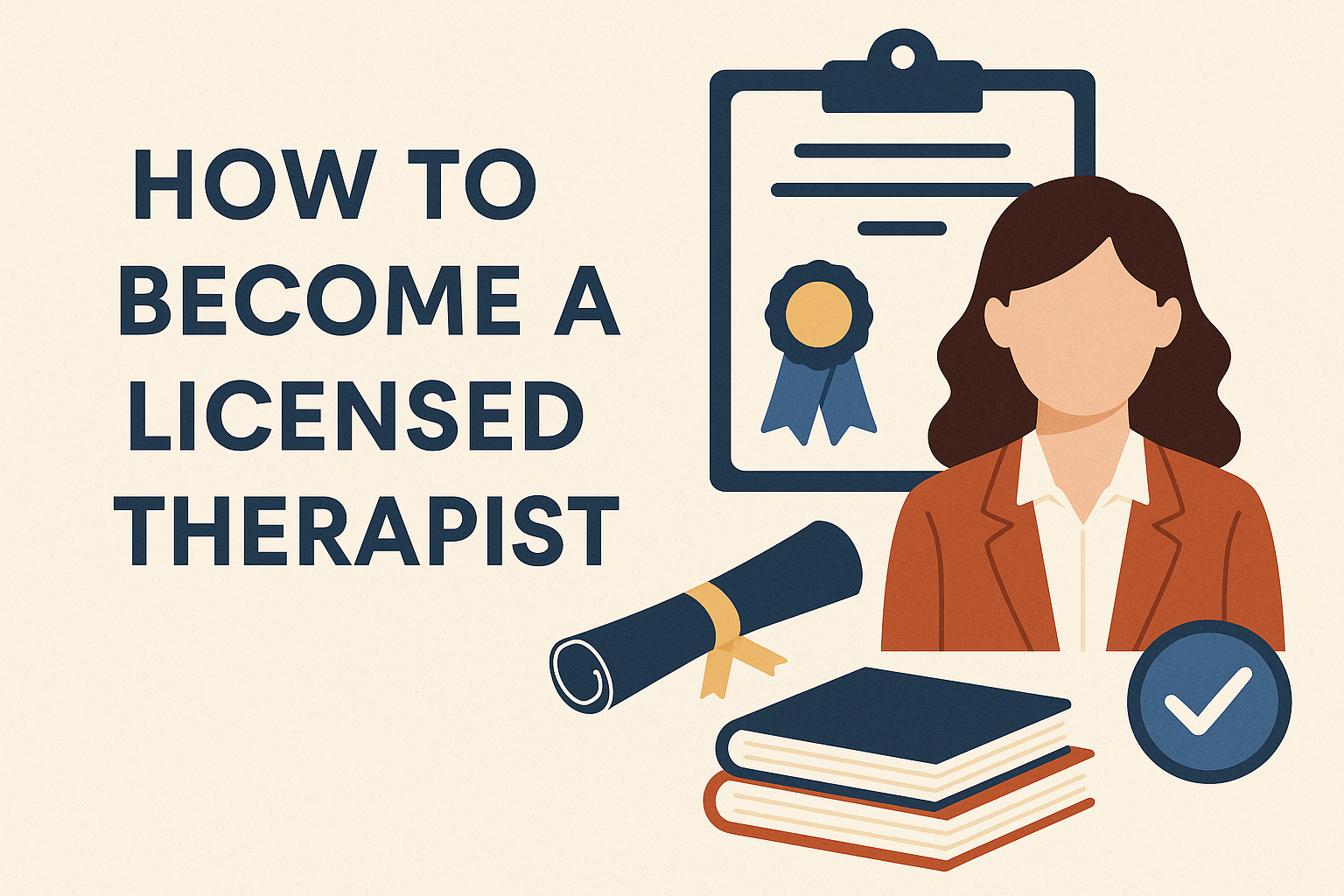You are now clear on what you want to do with your life; be the therapist or the licensed counselor that can help people solve problems in their lives. The training in those significant and complicated professions cannot be shorter. Fast-tracked programs, licensure application plans and other alternative courses can make your training quicker. Deciding to work as a therapist in mental health is an emotionally driven choice that is defined by compassion, interest and the urge to enact change on the lives of individuals. If you need more interested info like that visit quick guider.
The number of workers abandoning jobs they find unsatisfying and insufficiently remunerated has been on the rise in the backdrop of the Great Resignation movement. Indeed, the career perspective of mental health counselors, within the period of 2023-2033, is 19 percent, which is far beyond the mean of all occupations.
The route towards becoming a therapist is no joke and that it is a lengthy process but one that could be a well rewarded career. It is true that about 75 percent of patients who are subjected to therapy yield positive results, according to the American Psychological Association.
How to Become a Licensed Therapist: Step-by-Step Guide
Step 1: Understand the Role
It is important to have an idea of what the work entails before learning how to become a licensed therapist. Therapists assist people with the management of various problems, such as anxiety, depression, trauma, and relationship problems. This career takes emotional maturity, patience and an urge to benefit others.
Step 2: Earn a Bachelor’s Degree
The initial academic process of becoming a licensed therapist is pursuing and proceeding to a bachelor level degree in the field of psychology, social work, or a related discipline. If you need info related How to become a makeup artist.
This general education will guide you to understand the nature of humans, the way they think and some basic aspects of counseling. It also keeps you ready to the next phase of training.
Step 3: Complete a Master’s Program
Among the most crucial necessities to consider to become a licensed therapist is getting a masters degree. You will have to undertake a graduate degree in counseling, psychology, marriage and family therapy or clinical social work. These programs involves not only classroom learning but also supervised clinical hours.
Step 4: Accumulate Supervised Clinical Hours
Keep on with how to become a licensed therapist and you need to undertake a certain number of hours of supervised experience (2,000-4,000hours). These hours allow you experience with the help and supervision of a licensed practitioner. Clinical practice can easily be the most defining aspect of learning.
Step 5: Pass the Licensing Exam
Once you complete the required supervised time, the next stop on how to become a licensed therapist is taking either a national or state licensing examination. The state requirements vary, so it is important to do the research of your region. When you pass this exam, you show your competence and being prepared to practice on your own.
Step 6: Apply for State Licensure
After you have been able to pass the exam, then you can formally apply to be licensed. This is a tremendous step in how to obtain a license as a therapist. Other states could insist on supplementary background check or continuing education prior to licensing approval in the state
Step 7: Choose a Specialization
Numerous individuals in the process of becoming a licensed therapist tend to pursue a specialization that includes family therapy, addiction counseling and child psychology. Specializing will enable you to focus your way of delivering services and become a professional in one area. It can also enhance your employment and earning potential.
Step 8: Maintain Your License
After being certified, part of how to become a licensed therapist also includes the maintenance of the credentials. This involves maintaining the requirements on continuing education and licensing your hide on a periodic basis. Keeping informed will keep you at par with current practice as well as ethical in your practice.
Step 9: Start Practicing
At last you are ready to start your career. At this point, you know how to become a licensed therapist and you have completed all these mandatory steps. You could practice in private practice or in schools, hospitals or even in community health centers. The opportunities are limitless and fruitful.
